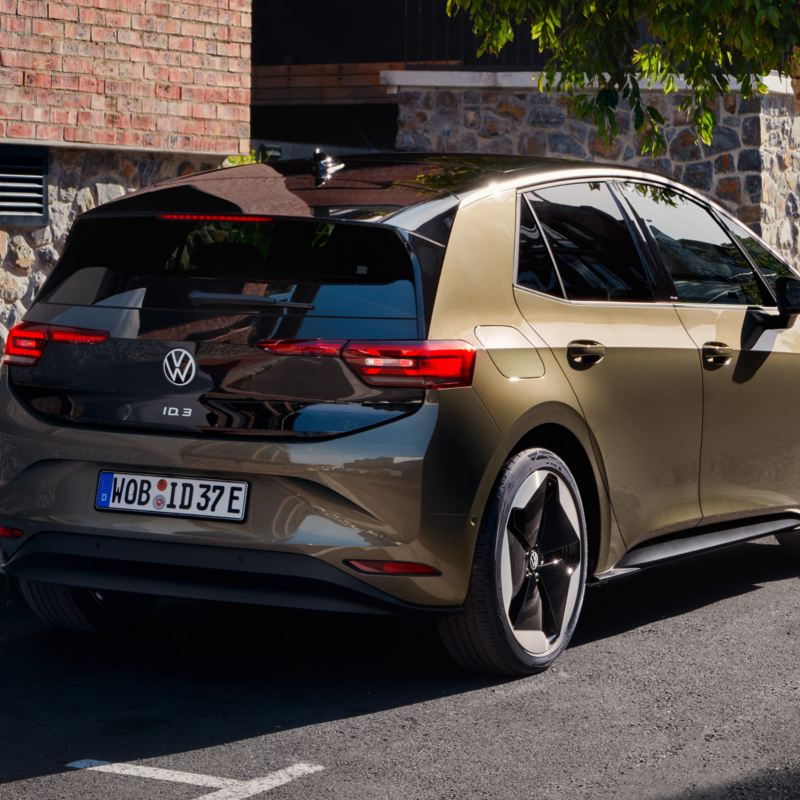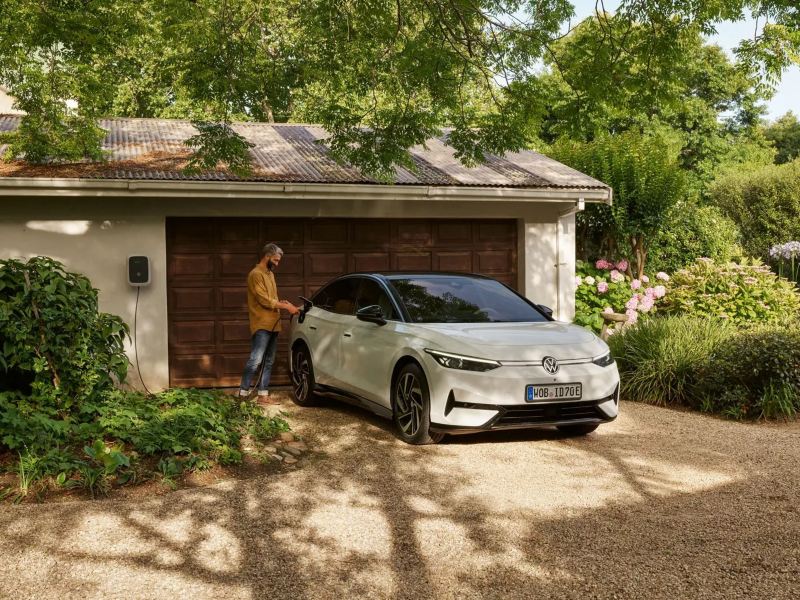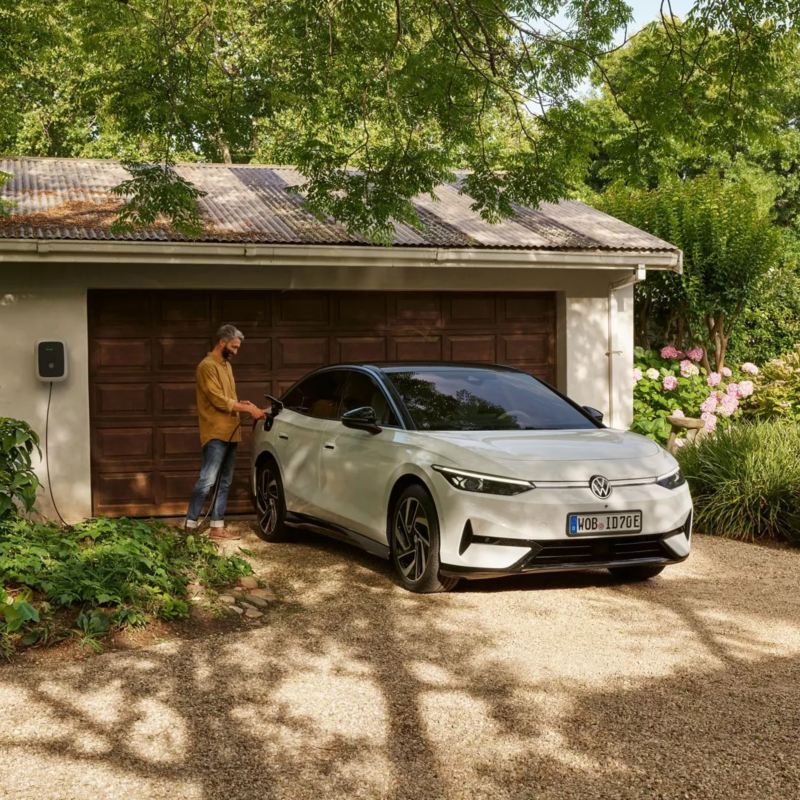From creation to recycling: the life cycle assessment of the ID.3
Every stage of a vehicle’s life causes CO2 to be emitted. The life cycle assessment reveals just how much this is. On the path toward mobility with a net carbon-neutral footprint we have optimised the ID.3 production process so as to save CO2.
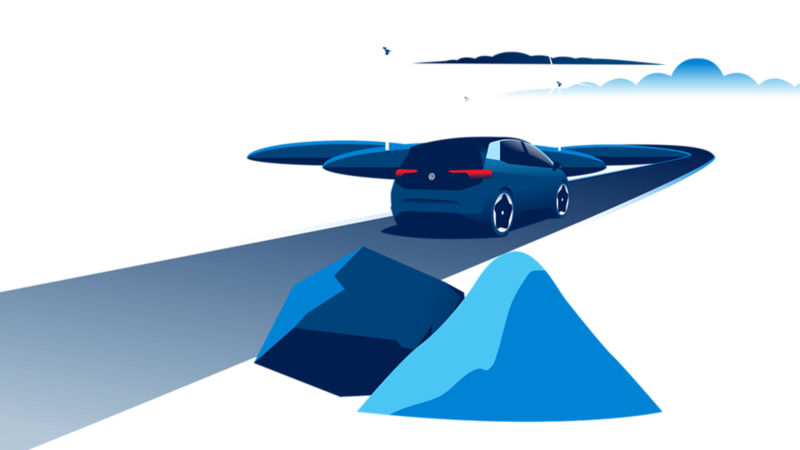
A car’s lifetime and its environmental effects
The challenge: to enable CO2-optimised production, our experts first have to be able to determine the CO2 emissions as precisely as possible. This is where the life cycle assessment can help. They use this ISO-standardised method to analyse each individual component and ascertain the effect that a vehicle has on the environment over the course of its entire life cycle– from raw material extraction to production, assembly and the usage phase of the vehicle, through to recycling of the materials. Several impact categories are examined. One of these is emissions of CO2 and a small proportion of other gases that are converted into what is known as carbon dioxide equivalents. This unit of measurement makes it possible to compare the effect of all greenhouse gases on the climate.

Making sustainability measurable
At each of a component’s processing stages its emissions are calculated using a special software based on average values. For especially energy-intensive production stages, such as battery cell manufacturing, we use concrete data from the respective suppliers rather than averages values for the ID.3. This procedure is also identified as a specific life cycle assessment. It shows us exactly what impact our implemented measures have – and how much CO2 actually needs to be compensated for. The results of the life cycle assessment are independently verified and certified by TÜV Nord.

Driving an ID.3 offers great advantages
We at Volkswagen promised to deliver you an ID.3 with a net carbon-neutral1 footprint. To ensure that you receive a better CO2 footprint than with a comparable combustion engine we are first of all reducing and avoiding CO2 during manufacturing using a variety of measures. This includes, for example, using green electricity both during battery cell manufacturing and in our Zwickau plant, where the ID.3 is built. Unavoidable CO2 emissions from production through to handover to the customer, which are determined using the specific life cycle assessment, are ultimately offset through certified climate protection projects.
Comparing various life cycle assessments across the whole life cycle will reveal that even without offsetting the remaining CO2 emissions during production, the ID.3 has a CO2 advantage over a comparable model with a combustion engine. And this is not only the case when charged using green electricity, but also applies when charged using the conventional European electricity mix2.
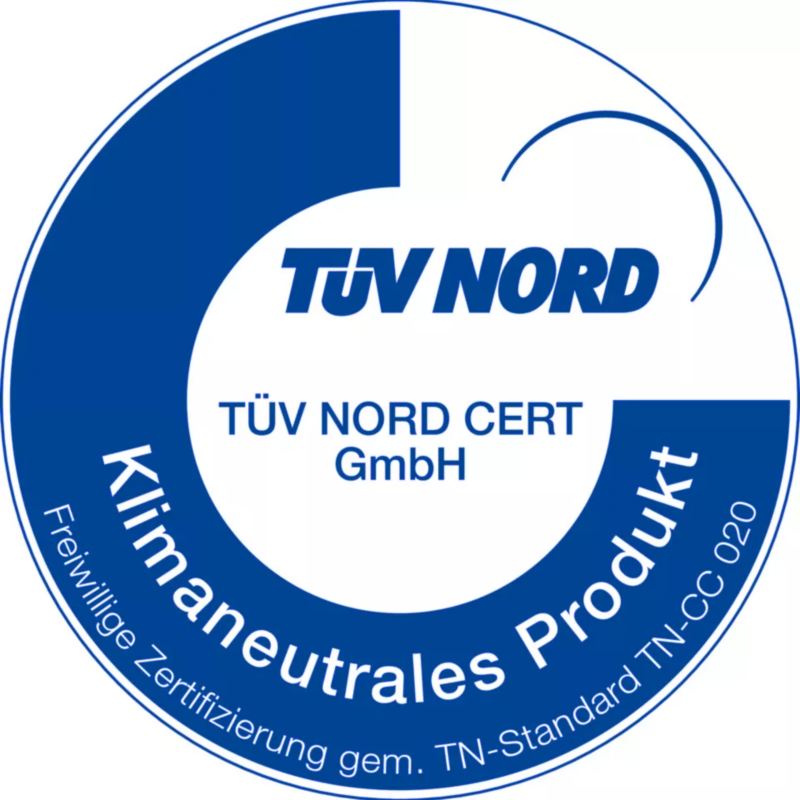
Electric mobility also provides the excellent opportunity to reduce CO2 emissions during the usage phase to almost zero, and dramatically enhance this advantage:
by purposely charging with green electricity. Climate protection is in your hands!
You can download the TUV Nord certificate for ID.3 here and you can download the TUV Nord certificate for ID.4 here .
1. Manufacture and delivery of the ID.3 and ID.4 to the retailer are independently certified as net carbon-neutral by TUV Nord. Net carbon-neutrality is achieved through a combination of both emission reduction and off-setting unavoidable emissions. This independent certification is audited and reconciled quarterly. It excludes use and life-cycle post-handover at the retailer.
Potential for the future
The results of the life cycle assessment for electric vehicles are only a snapshot. They offer much more potential for further reduction of CO2 emissions far beyond the vehicle’s life cycle. First of all, during the usage phase through increasing development of renewable energy sources, and secondly during production. This is why we work closely together with our suppliers to continue reducing remaining CO2 emissions through the use of green electricity and recycled materials, even within the complicated upstream supply chain. That is why we see offsetting through certified climate protection projects as an immediate measure – and one step on our path toward a zero-emission future.
